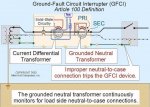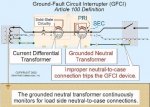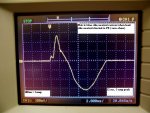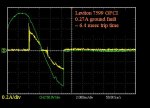ptonsparky
Tom
- Occupation
- EC - retired
ok.180324-0943 EDT
ptonsparky:
My post last night has an error in the way I worded it that I will correct later.
That you had a much lower source voltage in your experiment was greatly to your benefit. But it still is an incorrect way to run the test. You need to do the test approaching the trip point from a lower current. More on this later.
.





